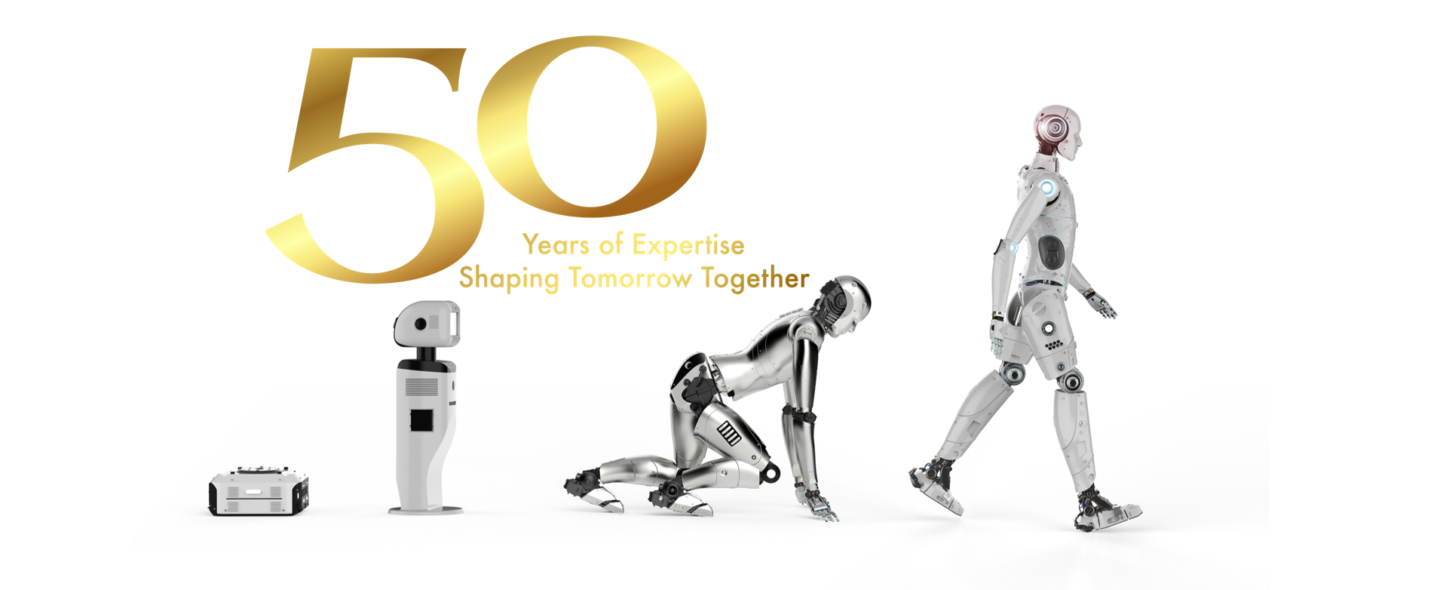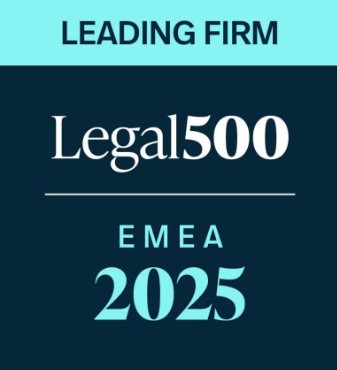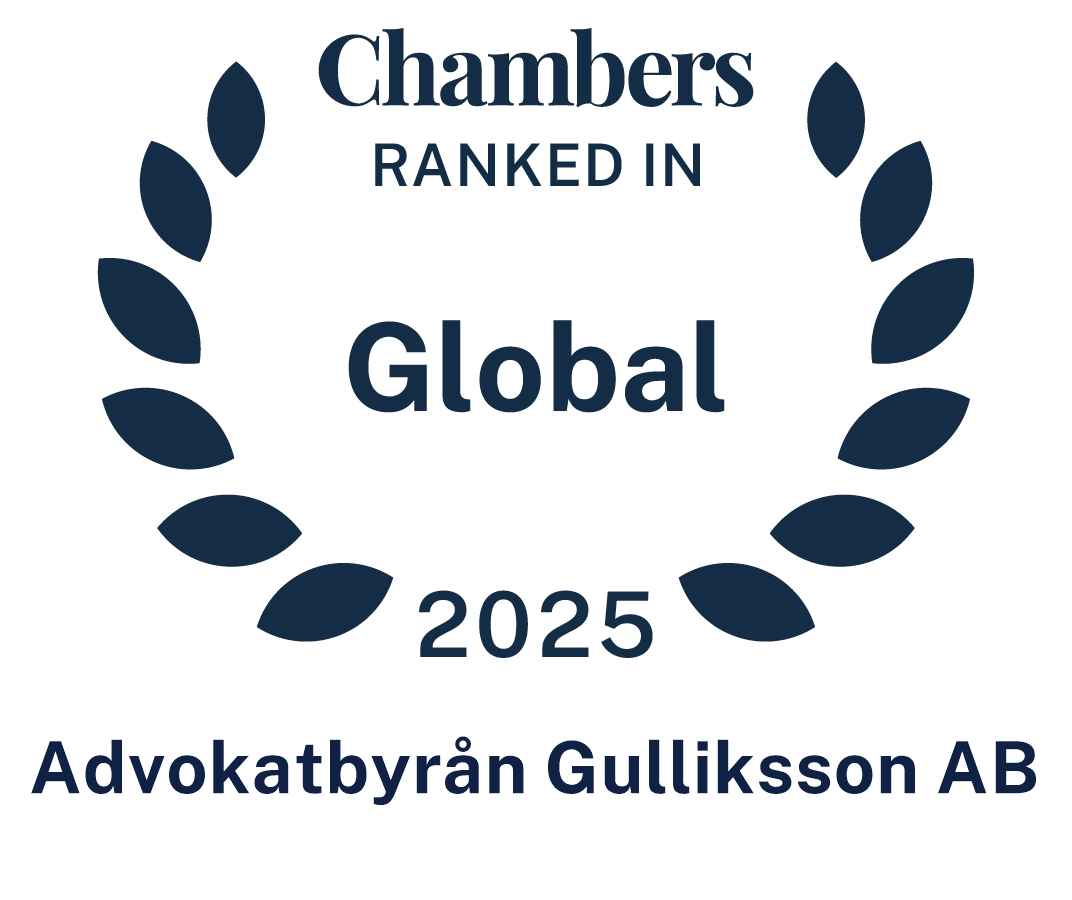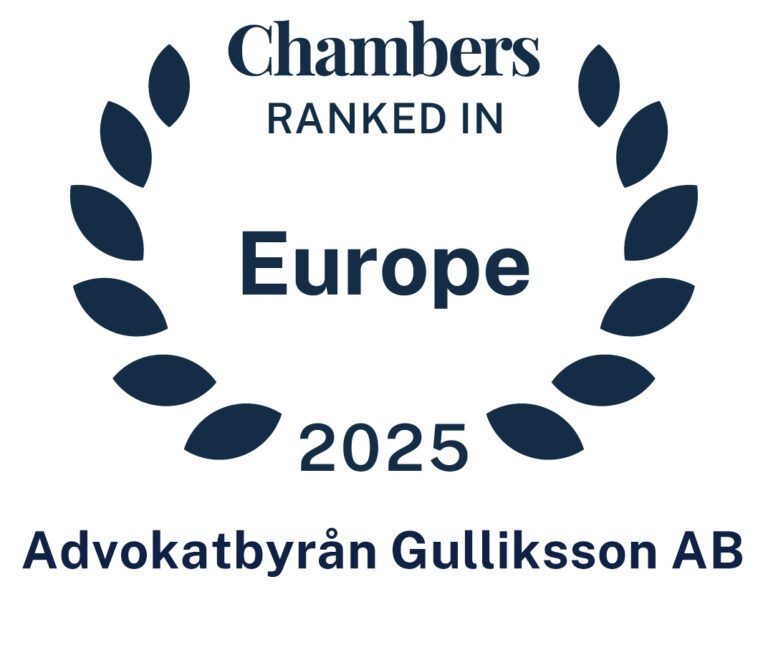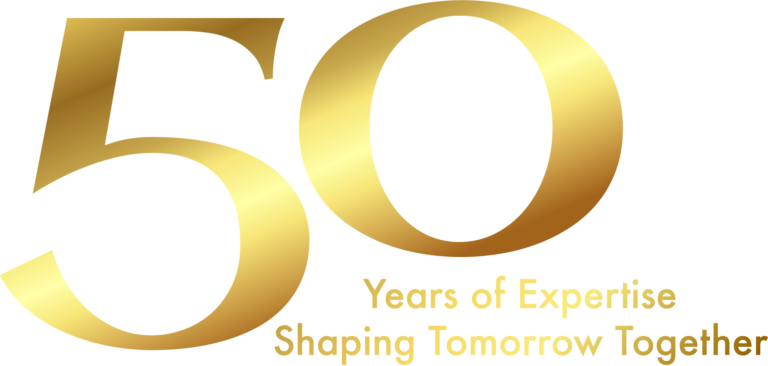It was 1975 when Advokatbyrån Gulliksson was founded with a vision to become the leading firm in intellectual property law. At the same time, across the Atlantic, scientists were taking the first steps towards creating intelligent machines. While Gulliksson focused on building a deep understanding of legal issues, researchers at the time were more interested in making computers play chess. Today, both these worlds have evolved enormously. Gulliksson has established itself as a leader in business law and intellectual property, and AI has gone from being a science fiction idea to a reality that is transforming industries worldwide.
Indeed, law is an industry that has undergone a major transformation in recent years. A once tradition-driven sector is now so closely intertwined with technology that they are barely distinguishable. It wasn’t too long ago that law and technology were considered incompatible. A pioneer in the interdisciplinary field of law and technology is Richard Susskind, who back in 1996 predicted how email would become the preferred mode of communication for lawyers. This was not well received by the industry, which saw it as an affront to try to tarnish the prestigious profession with a passing fad like email.
Since then, the reality for lawyers has changed. And so has Gulliksson, who celebrates its 50th anniversary this year. So what could be better than a little retrospective? From being a firm that only worked with intellectual property law, Gulliksson has evolved into a full-service firm that can help clients with most aspects of business law. The firm has had a strong development curve since its founding in 1975, while its commitment to being an open and inclusive workplace remains strong. New ideas, personalities and ways of working are welcomed and encouraged – and if you ask me, that’s the main reason for the firm’s success, now and then.
AI developments are a constant point of discussion at the firm, and tools have been integrated into the business to offer clients time-efficient advice. It’s hard to ignore the incredible development of AI tools, not least thanks to Swedish companies like Leya. AI is now not only capable of beating Garri Kasparov at chess, but is also a valuable tool for reviewing contracts, analyzing large volumes of documents – and hopefully saving a few hairs on the lawyer’s head.
The impact of technology on the legal profession goes beyond AI. From the days of library punch cards and searching for legal cases in obscure books, most everything is now digital. Case management systems have been developed and improved, resulting in huge time savings. Clients with large trademark portfolios have access to a web-based platform where they can view all registrations, pending applications, future costs and deadlines – all to make the firm’s offering as comprehensive as possible. Today’s law firms are completely dependent on technological developments, and the traditional glasses have been replaced by forward-looking and open smartglasses.
The hot potato at the intersection of AI and law is currently the training material for the development of AI models. Several disputes have arisen between authors and AI companies over the question of whether copyrighted material has been used in the training of these models. The line between what you can and can’t do is becoming increasingly blurred as technology evolves and access to new technologies increases. In these times, it is therefore more important than ever that a clear regulatory framework is in place – and that the legal framework stands firm.
Another issue that has become particularly controversial is whether works generated with the help of AI should benefit from copyright. The basic idea of copyright law is that only humans can have copyright in works, and that the work should be the fruit of creative and free creation. Therefore, works created by AI through simple prompts should remain out of copyright. But what if someone has built an AI model, through creative and free creation, which is then used to generate works? Or when man and machine create something together? These are really good discussion points for the coffee break… What can be said is that copyright remains firmly in place, and that the basic idea – that works should be created by humans through creative and free creation – will continue to be a matter of judgment on a case-by-case basis.
It has also been a while since the AI Regulation came into force, and as of February 2, 2025, AI systems that are prohibited under the Regulation must be removed from the market, at the risk of high penalties. The remaining parts of the Regulation will be rolled out gradually over the coming years. In a world where it is increasingly difficult to distinguish between reality and fiction, information and disinformation, it is hoped that the Regulation will be able to sustainably regulate the era of new technologies. Whether this will be the case remains to be seen.
So how do you sum up decades of development – both for Gulliksson and technology? In a single word: openness. The further we enter the age of technology, the more important it is to have an open mind to new tools, new insights and new ways of working. Gulliksson is ready to both use technology to grow further and help its clients with issues related to the use of AI.
We would like to take this opportunity to thank you for this time – and together look forward to what is to come.
Gulliksson celebrates its 50th anniversary
Take part in glimpses and highlights from our journey from the start in 1975 to today!
